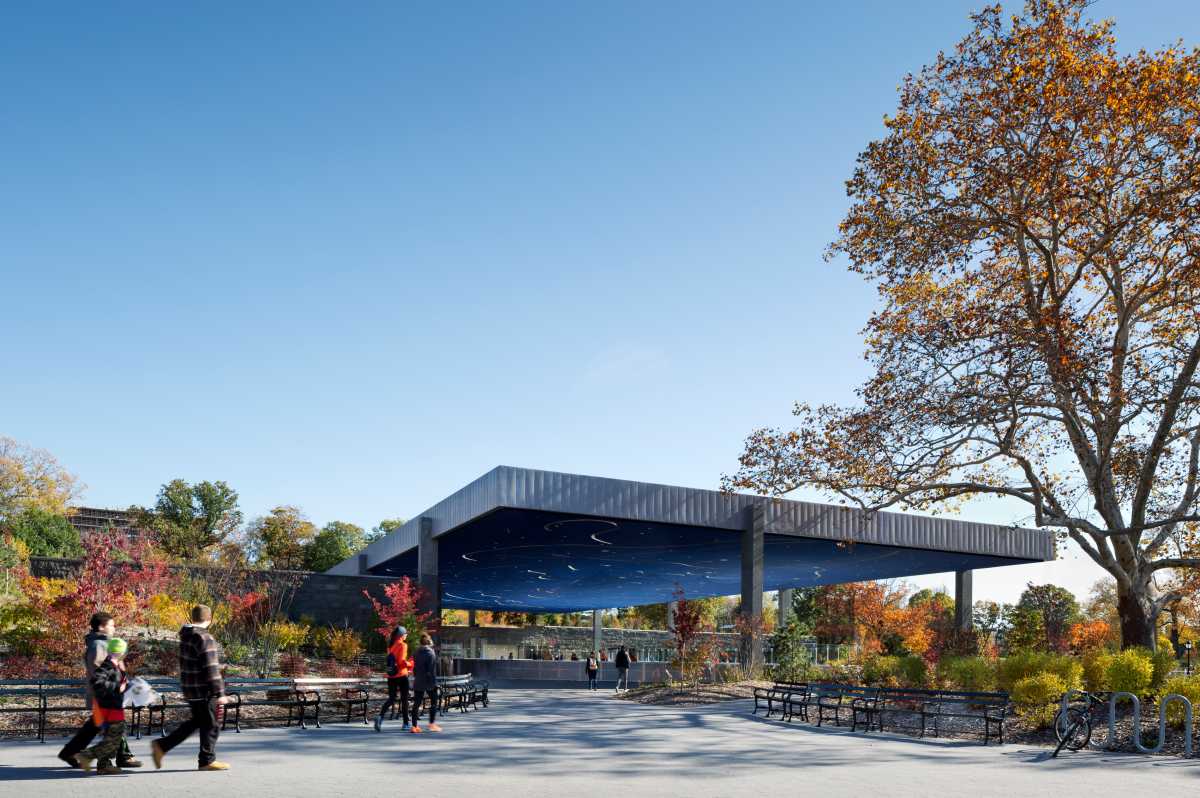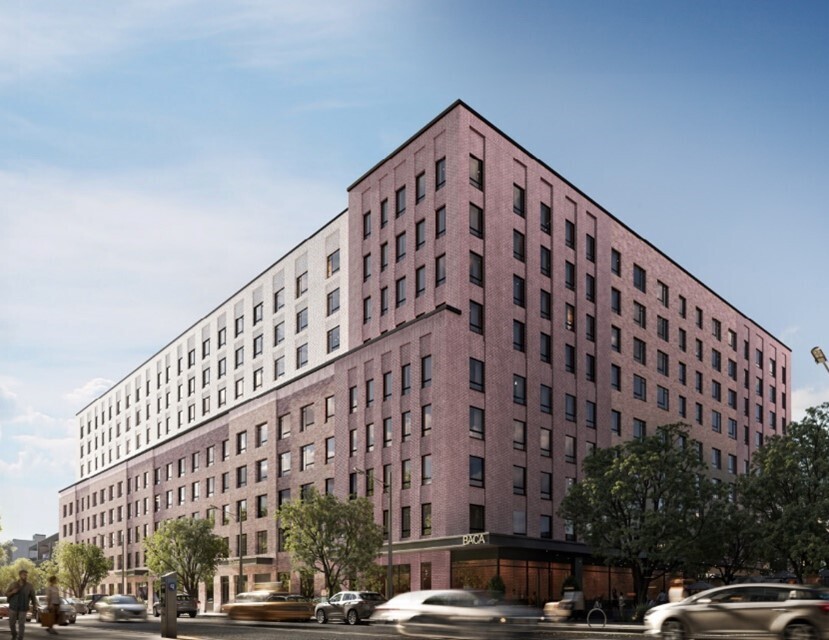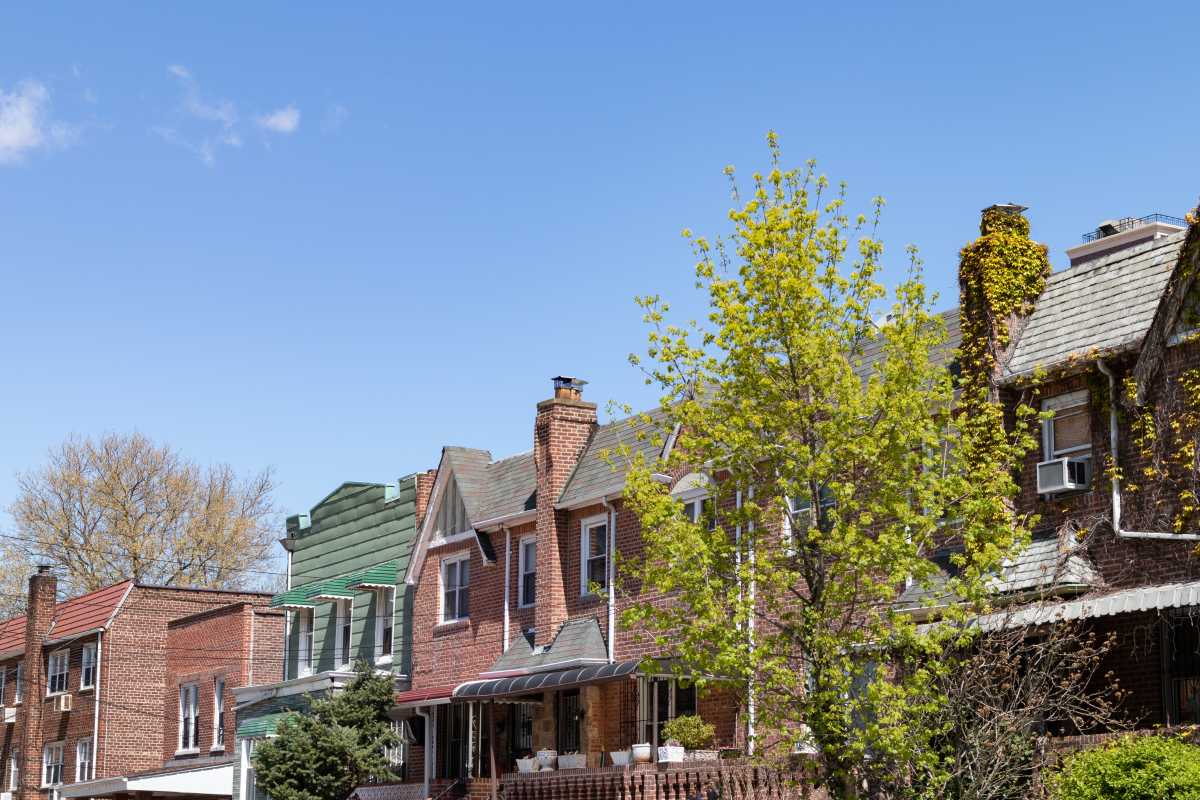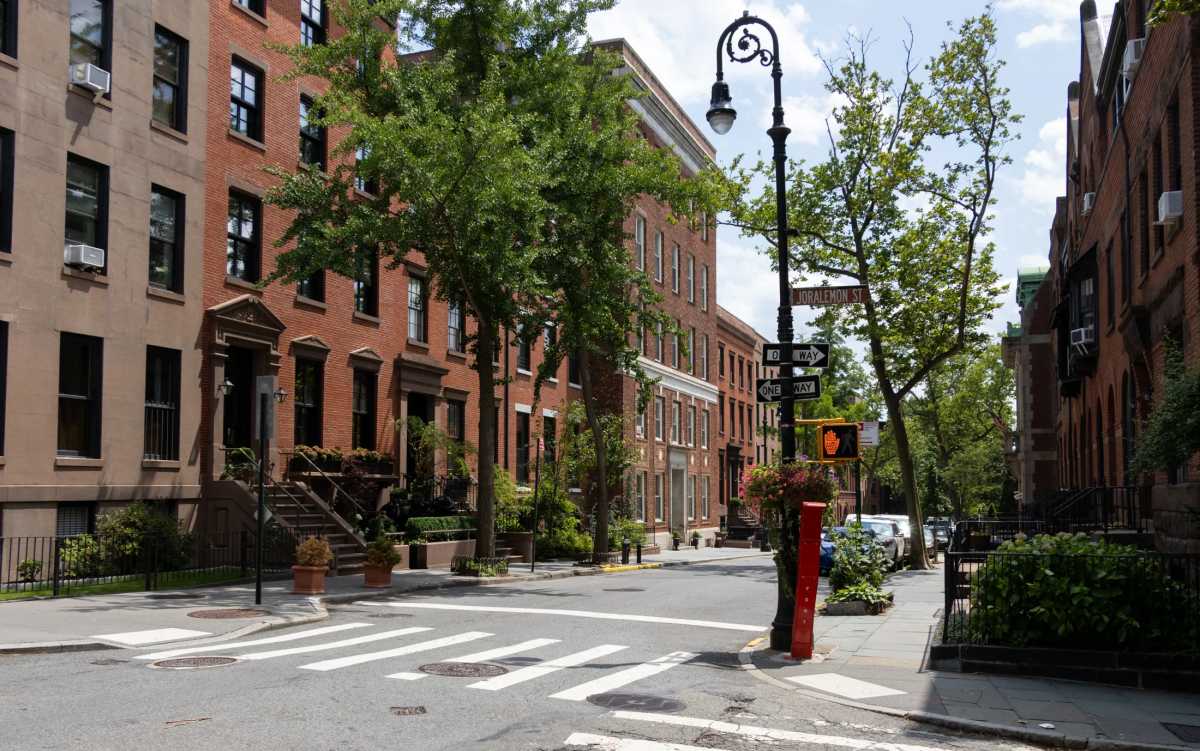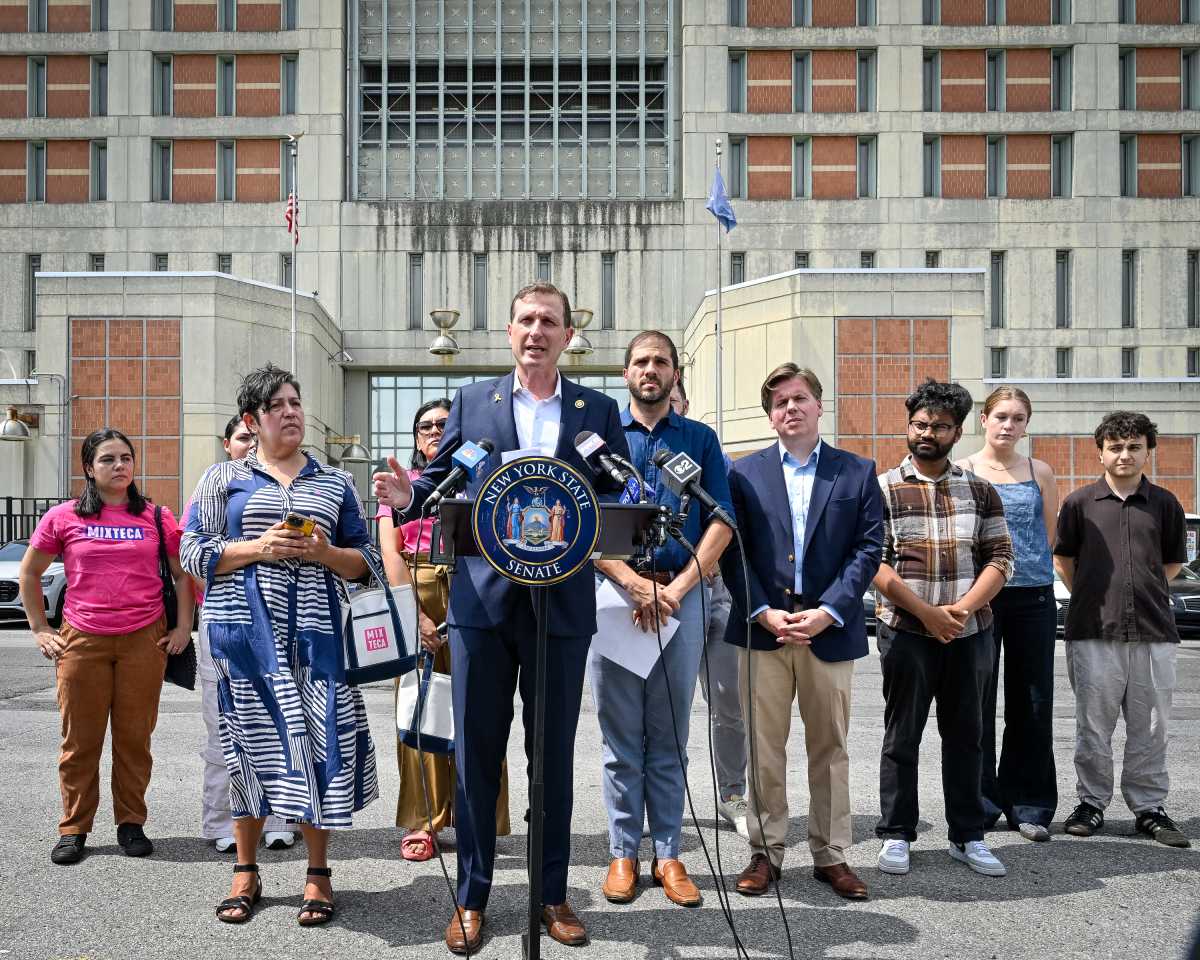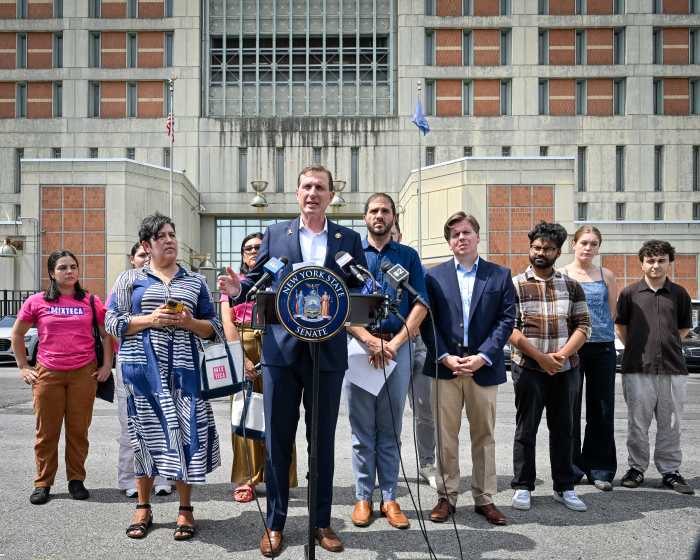
With sky-high rent prices in New York City, you’ve probably wished for – or, at the very least, wondered about – rent-stabilized or rent-controlled apartments.
We hear about rent stabilization from politicians and community activists all the time. But many New Yorkers have little knowledge of what that really means or how to go about finding an apartment that is rent-stabilized.
Here are the basics you need to know, and how you can go about finding a rent-stabilized and rent-controlled apartment for yourself.
What is a rent-stabilized apartment?
For a building to be considered rent-stabilized, it has to have been built before 1974 and have at least six units, each with rents below $2,700 per month if the tenants moved in after June 15, 2015, according to the New York City Rent Guidelines Board. The only other way a building can be deemed rent-stabilized is if the building owner receives J-51 and 421-a tax benefits, per the New York State Division of Housing and Community Renewal’s Office of Rent Administration. Those in rent-stabilized apartments have more legal protections when it comes to tenants’ rights than those who rent at market rate and, per the Rent Guidelines Board, rent increases are determined by a government agency instead of the building’s owner.
Is rent stabilization different than rent control?
Yes. Although your friends who just moved into new digs in Queens might have told you it was a rent-controlled apartment, they were most likely confusing the term with rent stabilization. Here’s why: For an apartment to be considered rent-controlled, the person living in it – or the tenant’s family, if the apartment has been passed down to them – must have been living in the unit since before July 1, 1971, according to the Rent Guidelines Board. So unless your friends in Queens got that new apartment from a family member who lived there before them, chances are they are confusing the two terms.
What are the added benefits to a rent-stabilized apartment?
There are many reasons why New Yorkers prefer rent-stabilized apartments. For starters, rent increases are, well, stabilized. This means that rather than leaving your rent increase up to the whim of a landlord and what he or she may deem is market rate, the city’s Rent Guidelines Board is responsible for determining what, if any, rent increases may occur. This happens once a year and whatever increase is determined applies to leases or lease renewals beginning on or after Oct. 1 of that year, per the state Office of Rent Administration.
The only times a landlord can increase rent outside of those parameters is if the building has undergone major capital improvements or if the owner claims hardship, but both have to be approved by the Division of Housing and Community Renewal. A landlord could also raise rent if improvements were done to an individual apartment; however, the landlord would need written consent from the tenant, according to the Office of Rent Administration.
Additionally, rent-stabilized tenants are more protected by state law than those who rent a market-rate apartment. Unlike market-rate tenants, rent-stabilized tenants are entitled to lease renewal and to receive required services, and they cannot be evicted except “on grounds allowed by law,” according to the Office of Rent Administration. Tenants are also able to file complaints against their landlords with the Division of Housing and Community Renewal, which then investigates and can issue a written order to the landlord. The landlord then has the option to appeal that order. The Office of Rent Administration says the DHCR also has the ability to reduce rent payments for tenants and issue civil penalties against the building owner.
How can I find a rent-stabilized apartment in NYC?
Many New Yorkers believe finding a rent-stabilized apartment is like stumbling upon a unicorn. But in reality, it might be much easier than you think. The NYC Rent Guidelines Board has a host of information on its website, including a list of rent-stabilized buildings broken down by borough. If you believe you’ve already found a building that is rent-stabilized, you can search for it by address on the DHCR website. You can also search rental websites like StreetEasy or search through Craigslist, although be on alert for scams.
Can I be evicted from a rent-stabilized apartment?
It is much harder for a landlord to evict a rent-stabilized tenant from an apartment compared to a market-rate tenant. By law, the tenant is allowed a one- or two-year lease renewal on a rent-stabilized apartment. However, if the tenant fails to pay rent, is causing damage to the apartment or building, or is causing a nuisance, the Office of Rent Administration says a landlord can take that person to court for eviction proceedings.
Another exception to this is when the building owner or an immediate family member wants to live in an individual unit in the building, according to the Office of Rent Administration. Still, the landlord has to wait for the current tenant’s lease to expire and must provide notice at least 90 days before the eviction.
Bottom line: If you snag yourself a rent-stabilized apartment in New York City, don’t let it go.



